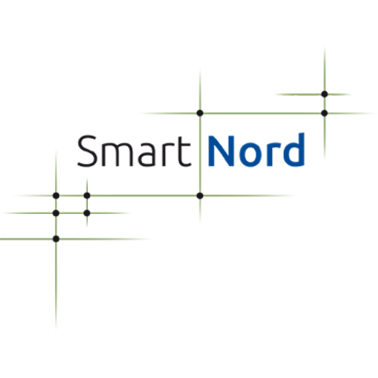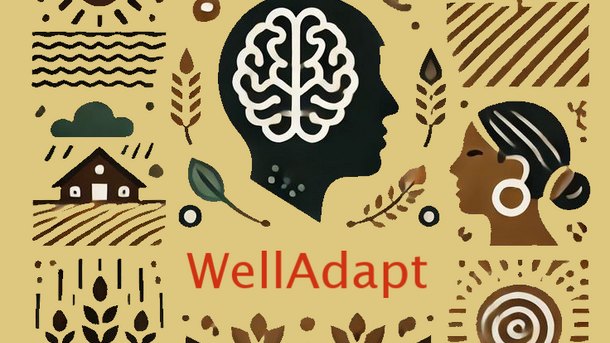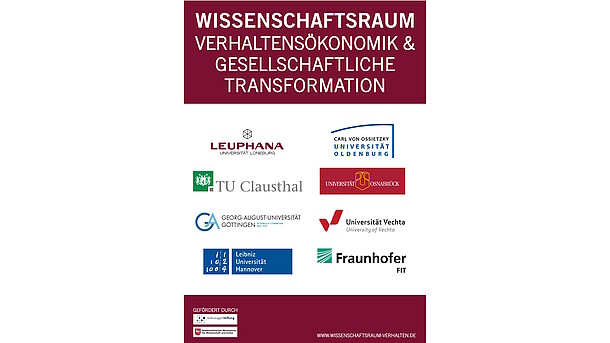Smart Spatial – Potential analyses and environmental aspects in the development of smart grids

| Led by: | Prof. Dr. Christina von Haaren, Dr. Christian Albert |
| Team: | Dr.-Ing. Claudia Palmas, Dipl.-Geogr. Almut Siewert |
| Year: | 2015 |
| Funding: | Ministry for Science and Culture, Lower Saxony (Nds. MWK) |
| Duration: | March 2012 - February 2015 |
| Is Finished: | yes |
Smart Nord is an interdisciplinary research network funded by the Lower Saxony Ministry for Science and Culture (MWK). In six subprojects, more than 40 scientists deal with "the energy transition" and develop contributions to the coordinated, decentralized provision of electrical power in the distribution grids.
The aim of the sub-project 'Smart Spatial', which is being carried out at the Institute of Environmental Planning, is on the one hand to spatially estimate the potentials for various renewable energies. On the other hand, scenarios for the development of the plant and grid structure are simulated and analyzed with regard to their effects on landscape functions and ecosystem services. Together with societal stakeholders, multi-criteria optimization strategies are developed. Case studies are Lower Saxony and the Hannover region.
Background: The current approach to the supply of electrical energy is based on a top-down path: Large power plants initially feed in power at the extra-high voltage level of the transmission grid. To supply the end consumers, the electrical power is transferred to the subordinate distribution grids and further distributed via the high-voltage to the low-voltage level.
This procedure is called into question if, according to the "Leitszenario 2009" of the German Federal Ministry for the Environment (BMU), the share of renewable energies in gross electricity consumption is to be 35 % by 2020 and almost 60 % by 2030. To achieve this target, installed wind turbine capacity in Germany is expected to reach approx. 42 GW and 60 GW respectively (2009: approx. 26 GW). Most of this capacity will be installed in northern Germany, especially in the coastal regions. Ambitious targets for the expansion of the use of renewable energy sources and the possibility of generating electricity through combined heat and power (CHP) will result in changed requirements for the design strategies and operation of the electrical power supply.
New methods of controlling decentralized producers and consumers at the medium-voltage and underlying low-voltage level are needed to complement the current top-down model with a bottom-up model as an operating principle. The "generation follows load" approach must be supplemented by a "load follows generation" path to balance power fluctuations of generators and increase grid stability.





